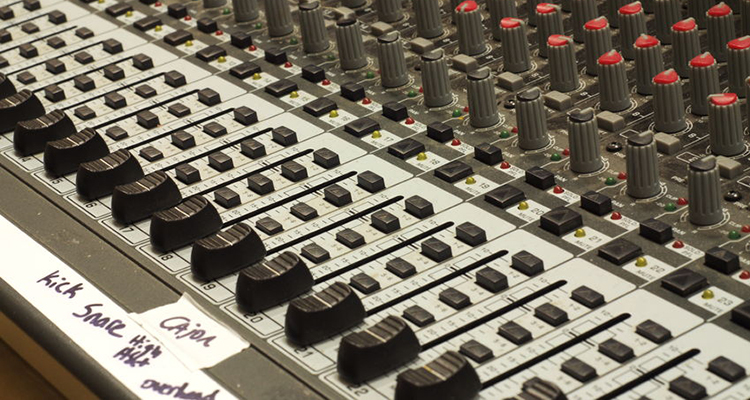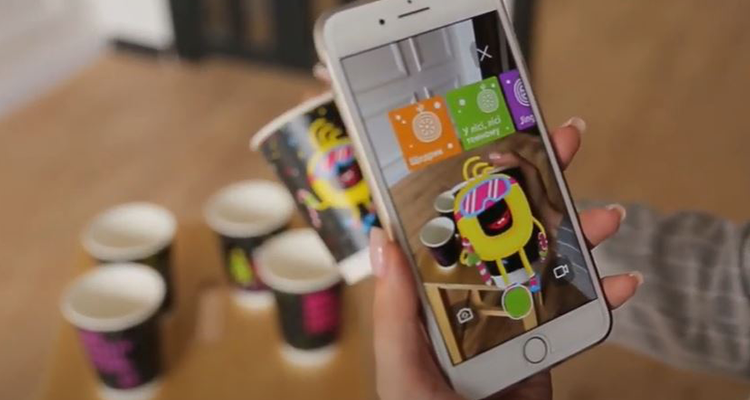When Every Shot Is a Selfie
 In politics and economics, a Potemkin village is any construction built solely to deceive others into thinking that something is better than it really is. The term comes from stories of a fake portable village built solely to impress Russian Empress Catherine II (Catherine the Great) by Grigory Potemkin; the structures would be disassembled after she passed and re-assembled farther along her route to be viewed again.
In politics and economics, a Potemkin village is any construction built solely to deceive others into thinking that something is better than it really is. The term comes from stories of a fake portable village built solely to impress Russian Empress Catherine II (Catherine the Great) by Grigory Potemkin; the structures would be disassembled after she passed and re-assembled farther along her route to be viewed again.
I have spent the best portion of my working life in one Potemkin Village after another.
Sets, for presentations, entertainment events and trade shows are Potemkin villages, where the side the attendees see is seemingly brushed aluminum and shiny, solid marble, looking as if it was painstakingly constructed by artisans. We maintain the beautiful illusions with carefully crafted lighting and set pieces that direct our cameras or the audience’s eyes. Only the crew sees the cardboard, staples and gaffer tape that hold the structure together until we quickly pack it up and move it on to the next show. And I, being part of such a crew, have spent most of my working time behind the set, behind drapery or up in a booth, behind the audience, hidden from view. As the Great and Powerful Oz once said, “Pay no attention to that man behind the curtain!”
So our ability to remain behind the camera (or behind the curtain) is derived from our ability to direct the viewer’s attention elsewhere. And my current work in VR video formats, where the viewer has the ability to direct his/her own view through a 180- or 360-degree space, has me scratching my head a bit over the future of our events and how they work. Because I am already receiving questions about using these formats to stream live events, placing the remote viewer in the middle of the action, so to speak.
Now, 180-3D can be great for certain types of entertainment events, locating the viewer in the front row at a concert, for instance, allowing the person to follow his/her favorite performer throughout the show, rather than where our traditional cameras force them to look.
But is this really the best idea for presentations? Admittedly, most of my experience is in the commercial rather than entertainment world, but in the kind of events I have always worked on, we attempt to always direct the viewer’s attention to the presenter, to the screen, to the car rolling in from backstage. Do we really want them to be able to focus on our Potemkin village? To check out in detail the equipment on the stage,or the places where the backdrop is taped? Or the rigging? And before somebody says, “But they will never do that!”, let me say: “Oh yeah? I would.”
And now, for double the fun in staging, think about 360. OK, so now the audience members could not only direct their attention to anywhere in the front of the theater, they could also look to the back row where our control table was to watch us frantically working with the client to find the place in the script that the presenter has now skipped to. Or at the door, to see who is leaving because of the error. And yet, 360 video is the one of the things that most of my clients are excited about, as it is taking off the fastest online, probably due to the fact that it is the easiest format to shoot with a phone. Or it’s more likely due to the fact that the 360 format makes every shot a selfie, letting the viewer turn to see the googly eyes of the person who was holding the camera, alarmingly close. I’ve spent a fair amount of time recently watching people who were experiencing 360 video (shot under a variety of circumstances) and watching them universally take a quick step backward when they first turn toward the person who was holding the camera in a handheld shot.
Sometime soon, I can easily predict that a client is going to ask me about staging a show specifically for the 360 format, so that they can “use it to its fullest.” And how are we going to do that? Will we be forced to create a kind of reverse theater in the round and if we do, how will speaker support be shown? And how will we seat the audience? Will we put them on a rotating platform or just seat them in swivel chairs? Or will we simply do away with a live audience altogether?
The introduction of live video and streaming changed the way live events are done. As the VR video formats gain in interest and popularity (Facebook Spaces or YouTube VR, anyone?), it is inevitable that we will have to accommodate them.
Pay no attention to that man behind the curtain. He’s just looking for another roll of gaffer tape.





